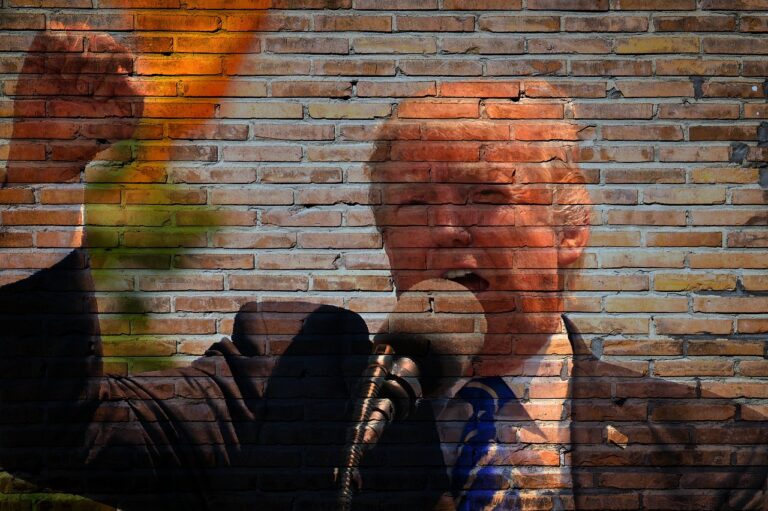As the US 2024 presidential race heats up, the potential impact of a Donald Trump victory on the Federal Reserve is a topic of growing interest among financial experts and political observers. Trump’s tumultuous relationship with the Fed during his previous term, characterized by frequent criticism of the central bank’s policies and its chair, Jerome Powell, has led to speculation about the changes a second Trump administration might bring to the institution.
According to a report by The New York Times (NYT), while the Trump campaign has not yet unveiled a comprehensive plan for the Fed, advisers and supporters have been discussing potential reforms, ranging from minor adjustments to more radical proposals. One extreme idea that has been floated is limiting the Fed’s ability to set interest rates independently of the White House. However, this suggestion has faced pushback from some in Trump’s inner circle, who recognize the legal and political challenges of such a move and the potential for it to destabilize financial markets.
Instead, Trump’s focus may be on other aspects of Fed policy, such as banking regulation. As the NYT article pointed out, the campaign has hinted at plans to curtail the Fed’s regulatory powers, with Trump himself promising to ban “bureaucrats” from punishing companies for violating informal guidance. This could make it easier for financial institutions to operate with fewer restrictions, a move that aligns with the Trump administration’s general deregulatory approach.
Another key area of influence for Trump would be the appointment of a new Fed chair when Powell’s term ends in 2026. Trump has already made it clear that he does not intend to reappoint Powell, whom he originally selected for the position before President Biden renewed his term. While potential candidates for the role include experienced economists and former government officials, the final decision remains far off, and the campaign has not yet focused significant attention on the matter.
The question of Fed independence is likely to be a recurring theme in discussions about the central bank’s future under a potential Trump presidency. While direct attempts to control interest rates may prove difficult, Trump could seek to influence monetary policy through his nominations to the Fed’s Board of Governors. However, any nominees would need to be confirmed by the Senate, and previous attempts by Trump to appoint loyalists to the Fed were met with resistance, even from some members of his own party.
Earlier this week, President Donald Trump’s campaign introduced a fundraising page allowing federally permissible donors to contribute using cryptocurrency through the Coinbase Commerce platform. This marks the first time a major party Presidential nominee has accepted cryptocurrency donations, enhancing the campaign’s digital fundraising strategy.
The campaign assures that all contributions will comply with Federal Election Commission regulations, including contribution limits and disclosure requirements. Supporters can now make federally permissible cryptocurrency donations at Trump Campaign Crypto Donations.
A blog post from the campaign highlights Trump’s efforts to reduce regulations and promote innovation in financial technology during his presidency. This is contrasted with Democratic leaders like Joe Biden and Senator Elizabeth Warren, who are depicted as advocating for increased government control over financial systems.
The campaign suggests that this initiative is part of a broader effort to promote individual financial freedom and reduce governmental oversight. They argue that this announcement emphasizes Trump’s commitment to an agenda focused on personal liberty over “government control.”
Elizabeth Warren has expressed concerns about cryptocurrency, reportedly stating her intention to build an “anti-crypto army” to enforce stricter regulations on digital currencies. In response, the Trump campaign is rallying its supporters to form a “crypto army” to support the campaign leading up to the election on 5 November 2024.
Featured Image via Pixabay








